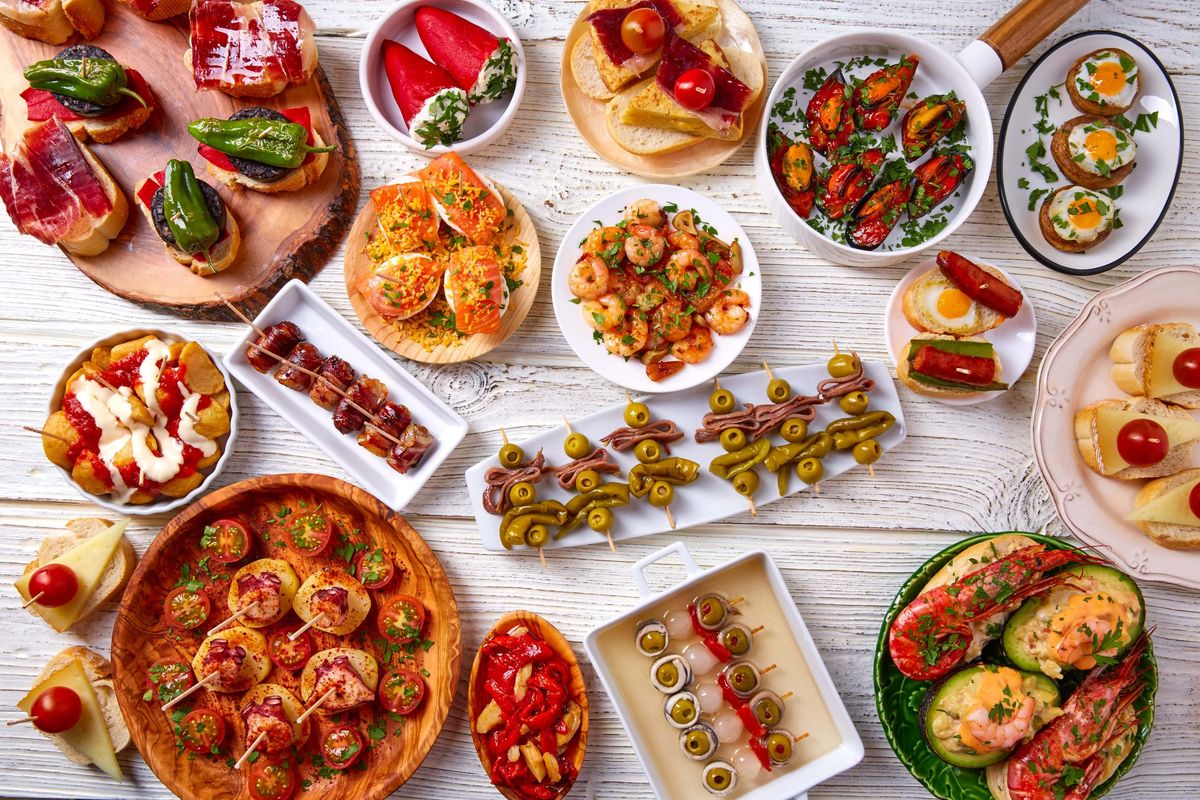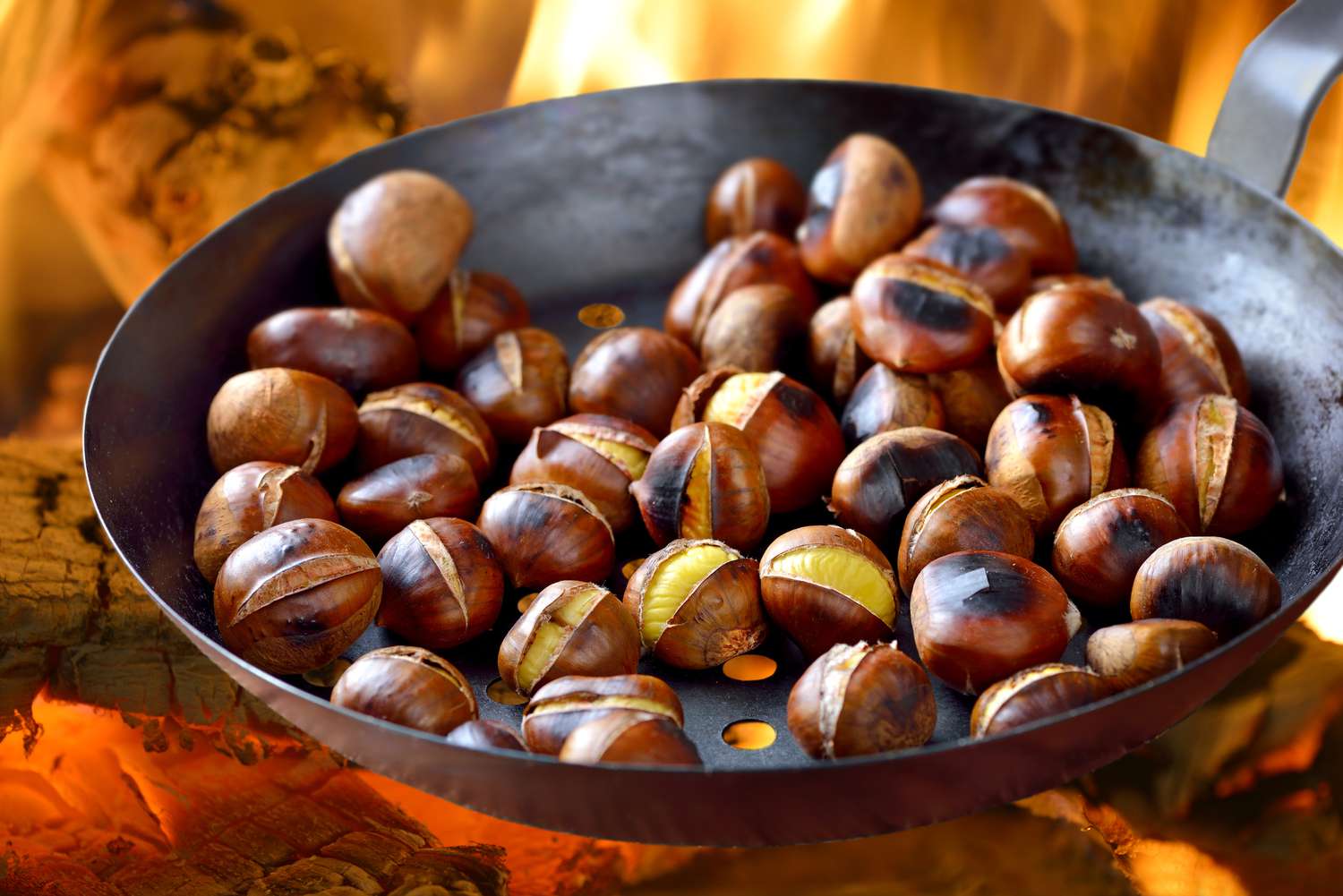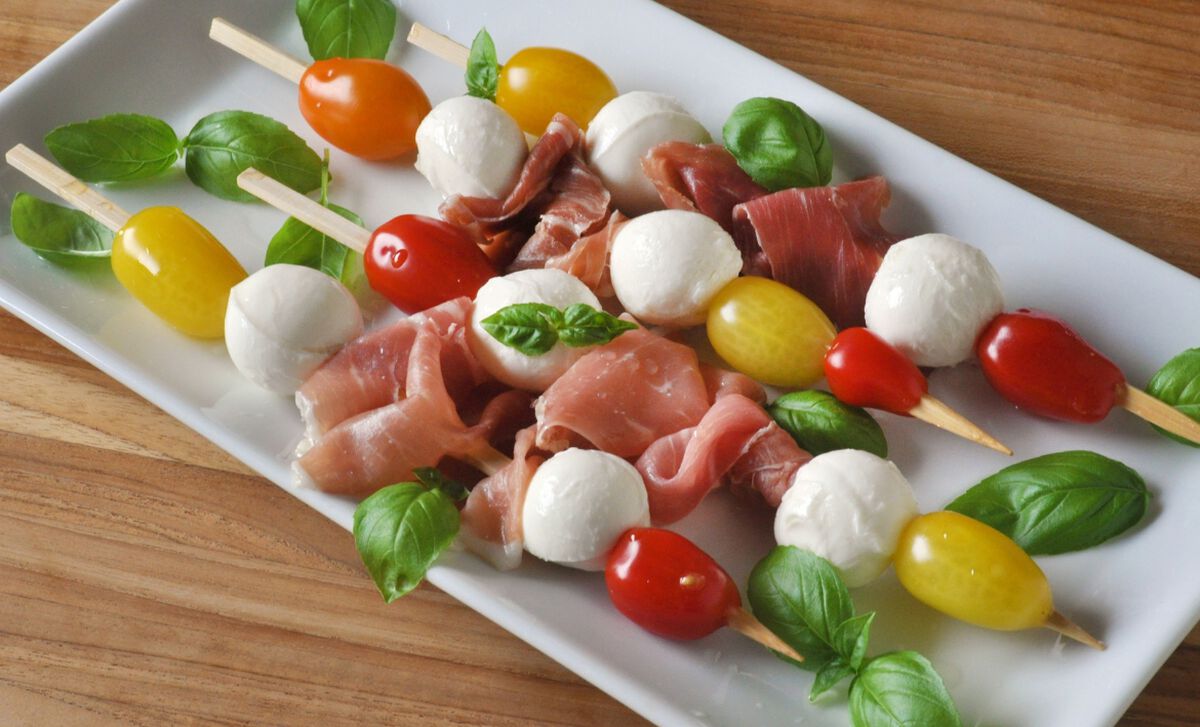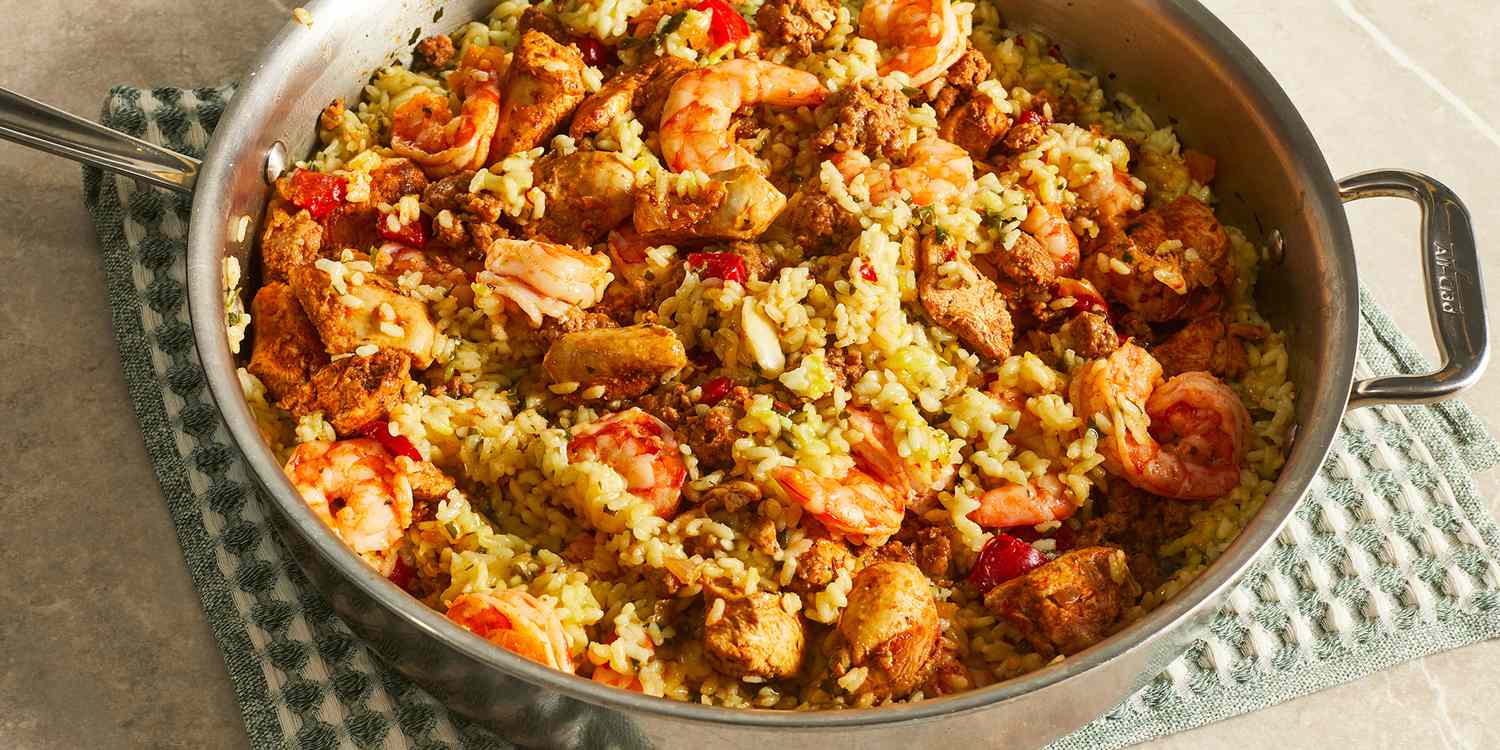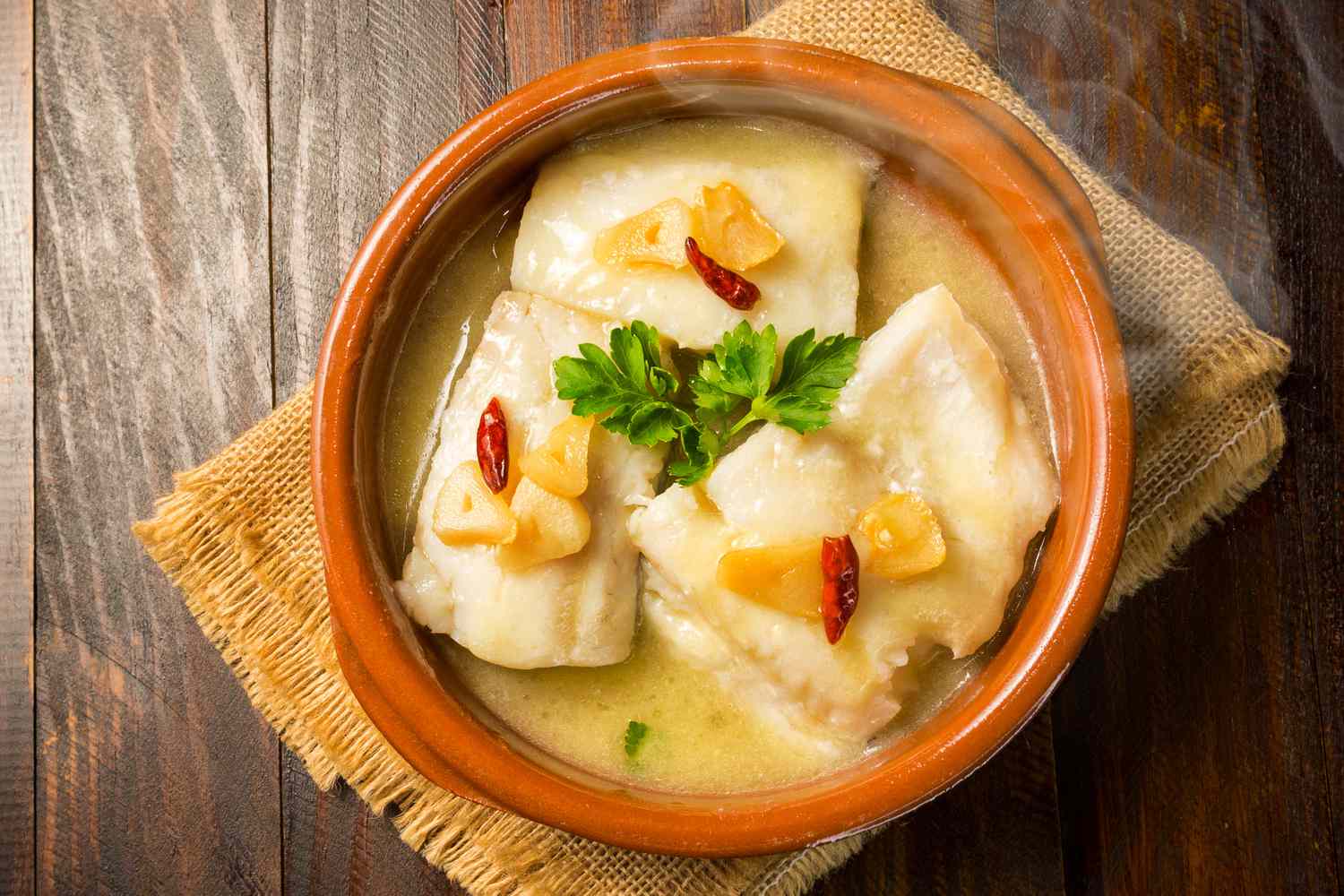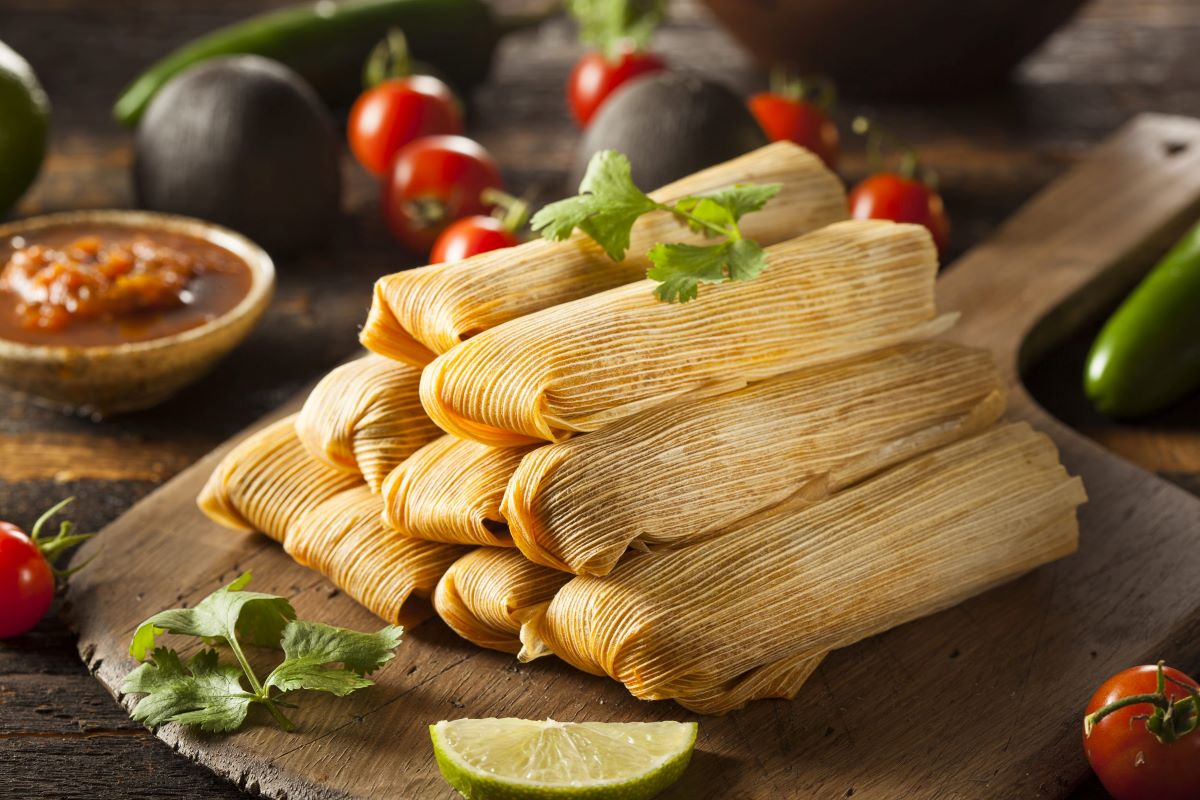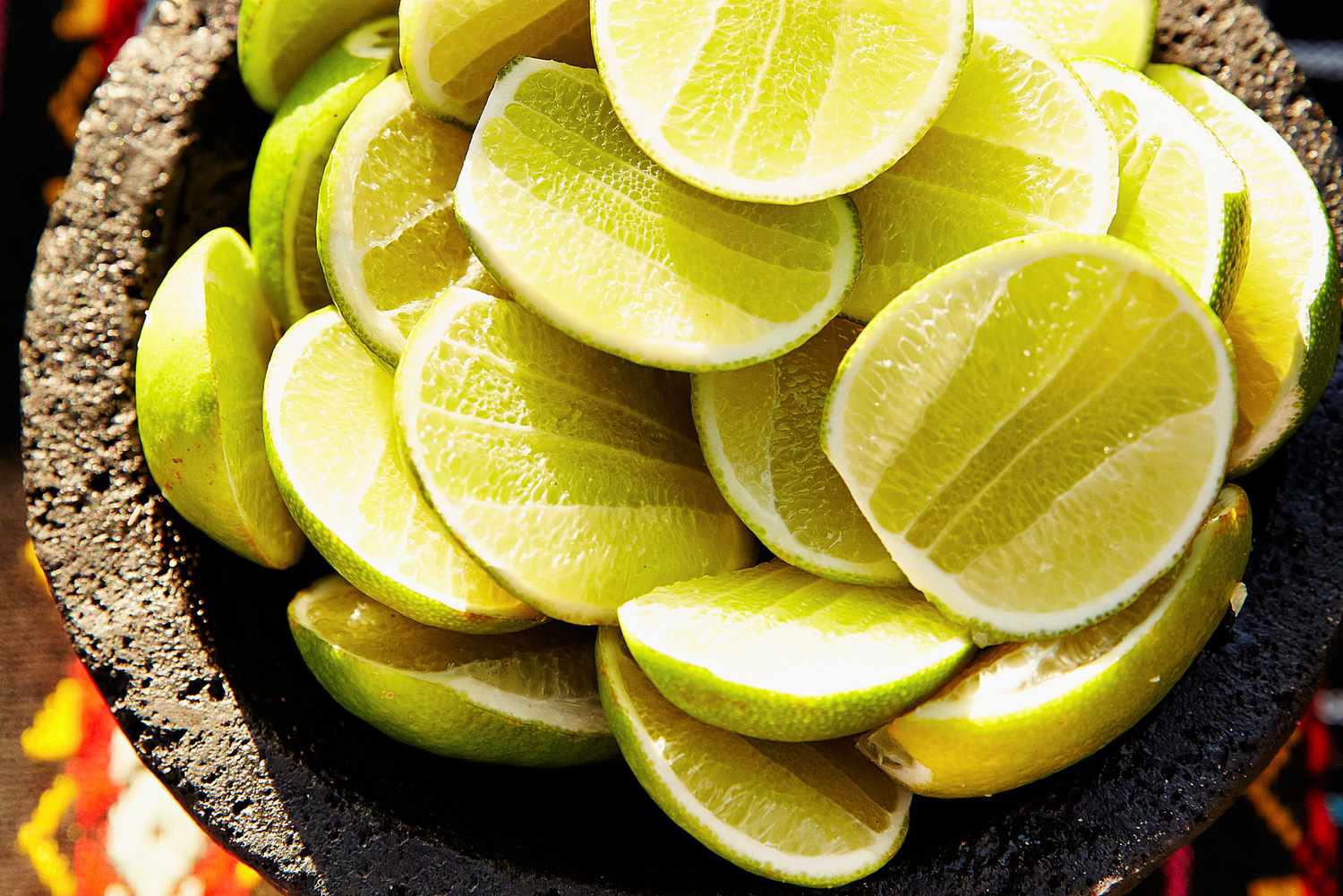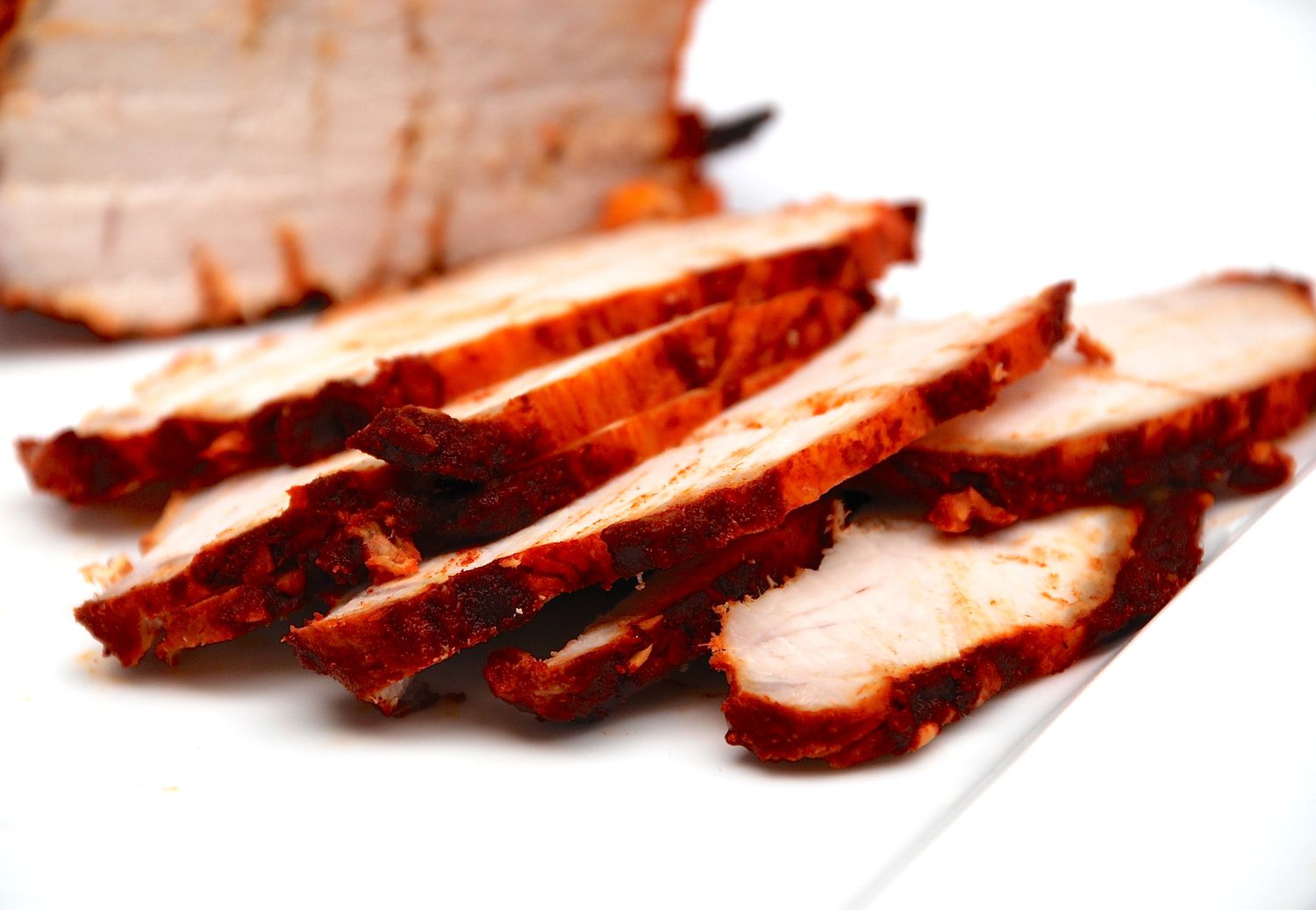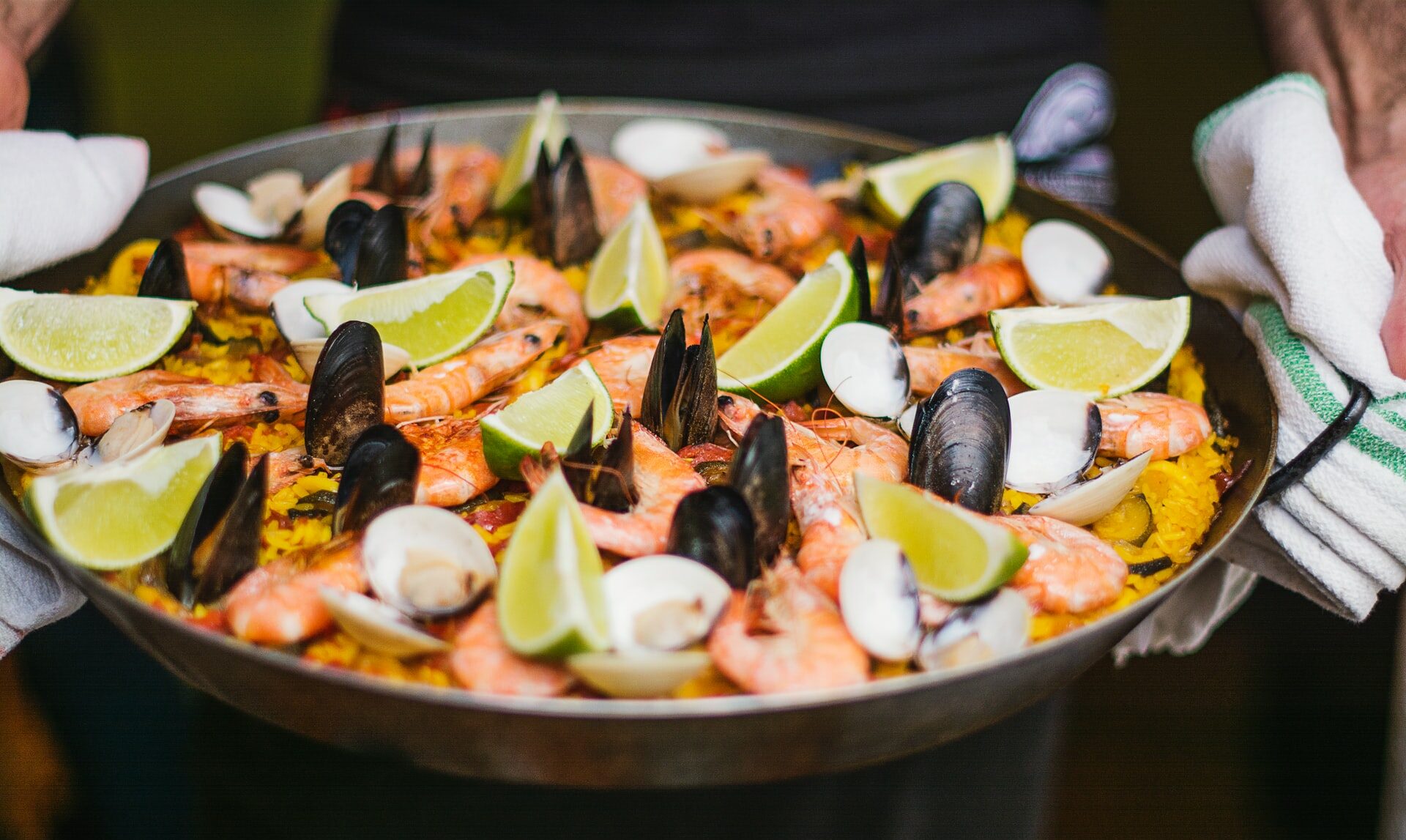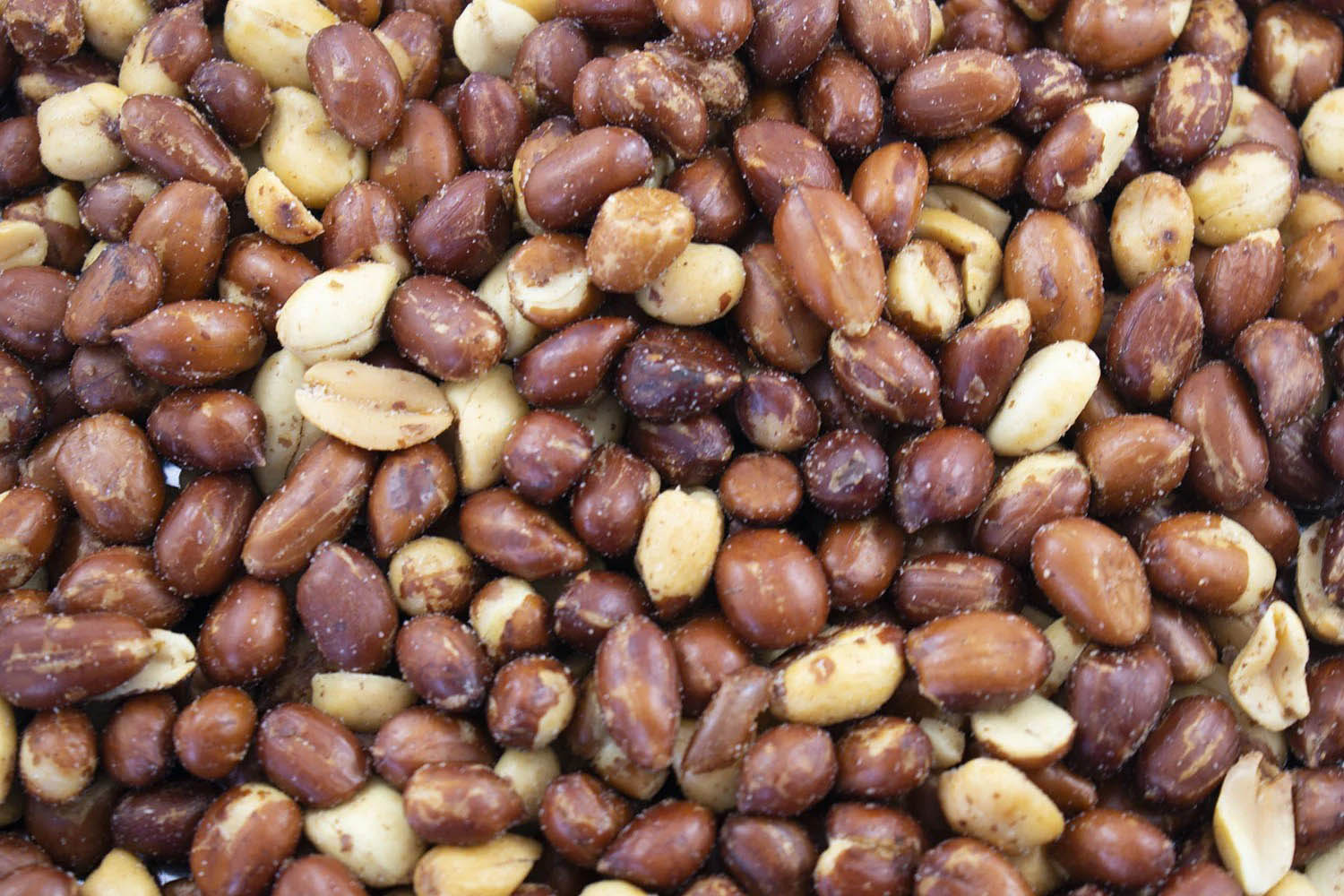When dining in a Spanish restaurant, it's important to embrace the rich culinary traditions and savor the flavors of this vibrant cuisine. Whether you're a seasoned traveler or a first-time visitor to a Spanish eatery, understanding the dining etiquette and menu offerings can enhance your overall experience. Here's a guide on how to make the most of your dining experience in a Spanish restaurant.
Familiarize Yourself with the Menu
Upon being seated at a Spanish restaurant, take a moment to peruse the menu. You'll likely encounter a variety of traditional Spanish dishes that may be unfamiliar to you. Look out for popular items such as paella, tapas, gazpacho, and churros. If you're unsure about any of the dishes, don't hesitate to ask the server for recommendations or explanations.
Embrace the Tapas Culture
In many Spanish restaurants, it's common to start the meal with a selection of tapas. These small, flavorful dishes are perfect for sharing and allow you to sample a variety of flavors. When ordering tapas, consider selecting a mix of hot and cold options to create a well-rounded dining experience.
Ordering Drinks
When it comes to beverages, Spanish restaurants offer a range of options to complement your meal. Sangria, a refreshing wine-based drink infused with fruit, is a popular choice. Alternatively, you can opt for a glass of Spanish wine to accompany your meal. If you prefer non-alcoholic options, try a glass of agua fresca (flavored water) or tinto de verano (a refreshing mix of red wine and soda).
Dining Etiquette
In Spanish culture, mealtime is a social affair that is meant to be enjoyed at a leisurely pace. When dining in a Spanish restaurant, embrace the relaxed atmosphere and take your time savoring each dish. It's also common to engage in lively conversation with your dining companions, so be prepared for a convivial dining experience.
Placing Your Order
When you're ready to order, signal the server by making eye contact or raising your hand slightly. If you're dining with a group, it's customary to share dishes and try a variety of items from the menu. This communal approach to dining is a hallmark of Spanish cuisine and allows everyone to sample a diverse array of flavors.
Dessert Delights
No meal in a Spanish restaurant is complete without indulging in a delectable dessert. Look out for classic options such as flan (caramel custard), churros con chocolate (fried dough served with chocolate dipping sauce), or tarta de Santiago (almond cake). These sweet treats provide the perfect conclusion to your dining experience.
Expressing Gratitude
At the end of your meal, it's customary to express your appreciation to the restaurant staff. A simple "gracias" (thank you) to your server is a polite gesture that is always appreciated. If you've enjoyed your dining experience, consider leaving a gratuity as a token of your satisfaction.
By familiarizing yourself with the menu, embracing the tapas culture, and observing dining etiquette, you can fully immerse yourself in the culinary delights of a Spanish restaurant. Whether you're savoring traditional dishes or discovering new flavors, dining in a Spanish restaurant is an experience to be cherished. So, next time you find yourself in a Spanish eatery, savor each bite and embrace the rich tapestry of flavors that this vibrant cuisine has to offer.
